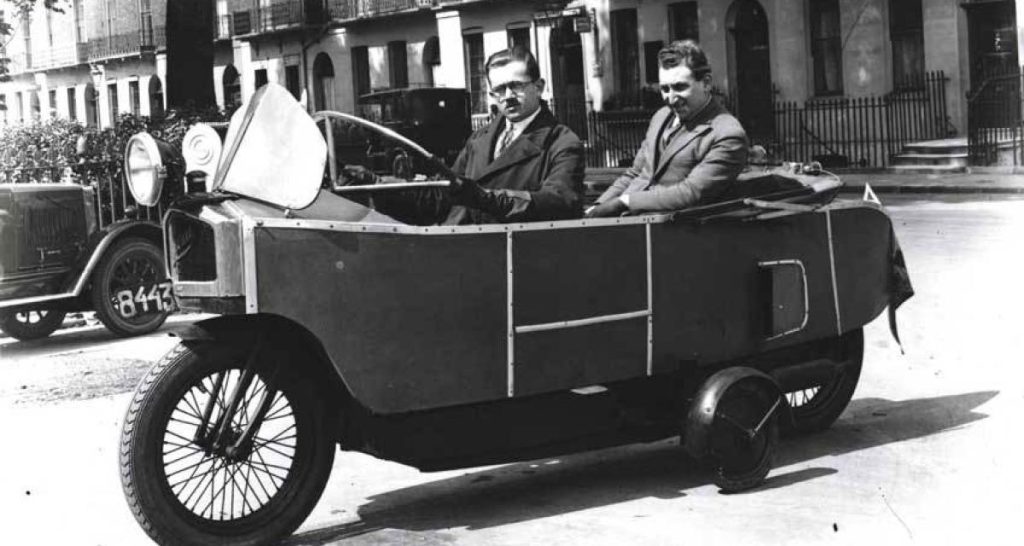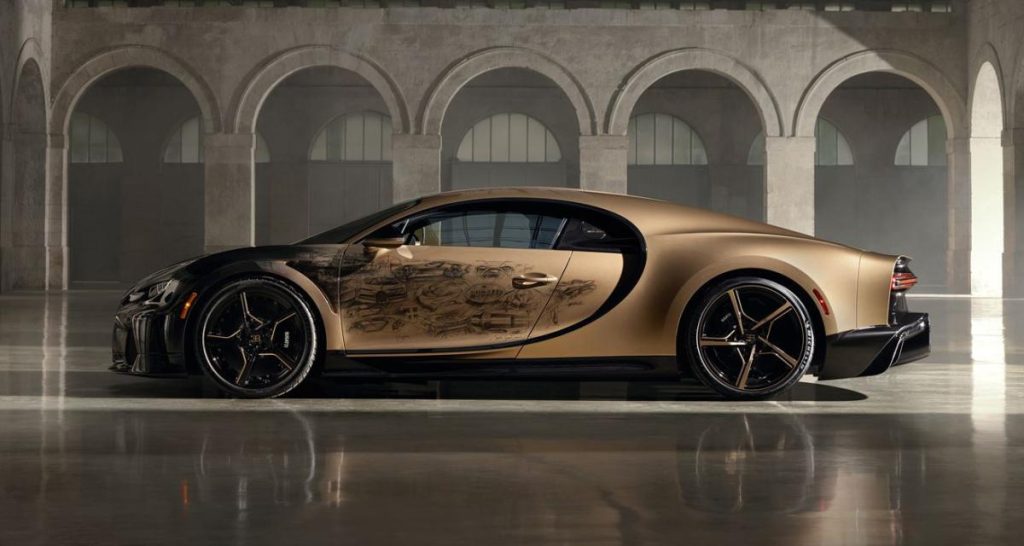The “battery valley” is not yet in production in the north of France. We will still have to wait a bit. In the meantime, the French are encouraged to buy electric vehicles with a large bonus of €5,000 (for a vehicle of €47,000 or less, NDLA). In doing so, we promote the import of vehicles produced either elsewhere in Europe, or even in Asia, and in China, not to mention the scarecrow that scares the automotive industry.
The Government has announced the introduction of an environmental score to modulate access to the electricity bonus. But, if it targets China in particular, this score is obviously quite easy to circumvent for vehicles that will remain imported. According to the newspaper Les Echos, the automotive trade deficit over the last 12 months amounted to 17 billion euros against 15.6 a year earlier. If we compare with the same months, but in 2019 the observation is even more bitter! The deficit was only 12 billion euros.
Exports of vehicles produced in France have finally stabilized after months of decline. In 2019, exports accounted for 74% of imports. Over the last 12 months it’s 68%! This widens the deficit. But what particularly digs him are the thousands of imported electric vehicles. They weigh heavily in value, even if inside there is the Dacia Spring. These include the Teslas, but also practically all of the top 10.
The “battery valley” will not fix everything, far from it
If we look at the start of 2023, the Model Y, segment leader here, is imported, as are the Dacia Spring, the Fiat 500e (admittedly from Italy, in Mirafiori), the Peugeot e-208 (Trnava in Slovakia) and the Model 3. We have to wait for the Renault Megane E-Tech, 5th in the year’s ranking, to see the first vehicle assembled in France. However, an EV assembled in France does not mean that everything is produced there. The battery modules for the Megane E-Tech currently come from an LG Chem factory in Poland.
We will therefore have to wait for the French El Dorado of electricity to see the light of day and gain momentum for this part of the deficit to stop weighing down the overall deficit. And again, not all of them will come to France like the Peugeot e-208 which will finally go to Spain. However, the thermal is not outdone with vehicles sold in France that are “no longer French”. The Peugeot 208 is assembled in Trnava in Slovakia, but also in Kenitra in Morocco. The next generation thermal versions may only come from Kenitra.
In 2022, French automobile production was only 1.38 million vehicles. In this batch, there are 1 million private vehicles, and the rest in light commercial vehicles. The drop compared to 2019 is catastrophic with -35%. Above all, France now represents only 8.5% of European production and 1.6% of global automobile production. The country that invented the automobile is only a shadow of itself.
But it’s not just French production that is suffering. Indeed, in an increasingly globalized world, automobile production, after having moved to Eastern and Southern Europe (Spain in particular), is now leaving Europe. It crosses the Mediterranean, and also goes to Asia. Chinese production, for example, is exploding. With the ban on the sale of thermal vehicles from 2035 in Europe, this heavy trend should be even more accentuated. France is trying to keep its head above water by creating an environment favorable to the electric car. Wasted effort ?



